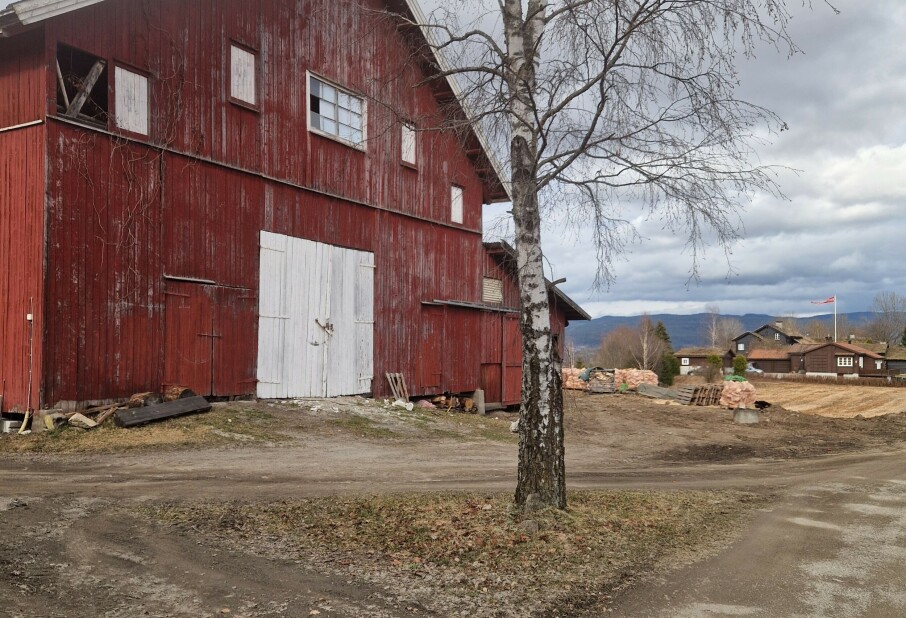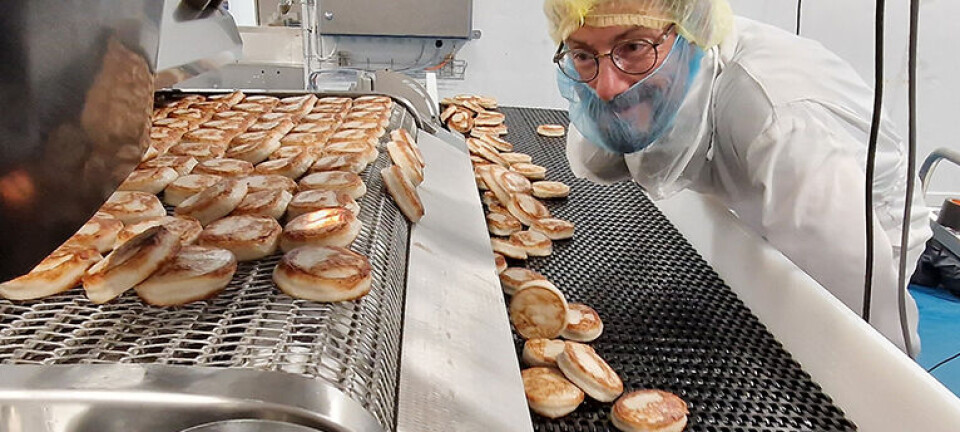
Adolescents living with pain experience more stress in everyday life
Norwegian researchers have looked more closely at young people's own experiences with pain.
Pain is a complex and multifaceted problem that has a significant impact on adolescents’ lives, according to the researchers behind a new study in which they take a closer look at adolescents' lived experience of persistent pain.
The study was published in the Norwegian journal Sykepleien Forskning.
Between 15 and 35 per cent of children and adolescents experience chronic pain. The researchers interviewed seven young people about their experiences of living with pain.
Chronic pain seems to have several consequences for young people. It is affiliated with absence from school and social activities, sleep issues and generally a reduced quality of life.
Stressed about school
The teens who participated in the study said that they feel a lot of stress related to school work. They were all concerned about getting good grades and avoiding absence from school. Going to school was important for keeping up with their school work, but also because they "want to be like everyone else." Several of them said that they try to go to school even when they have a lot of pain.
“And when I have a bad stomach ache then… I might feel like going home, but I don’t, because of the maximum absence limits,” said one of the girls who participated in the study.
Most of the youth experienced stress as one of the main causes of their pain.
“For a lot of young people, the stress in their lives may be manifesting as a physical ailment, and the pain becomes a symptom of the ailment,” the researchers write.
Invisible to everyone else
The adolescents also said that one of the most difficult things about having persistent pain is that other people can’t see it. Most of them do not talk with friends about their pain.
Often parents are not aware that their children are in pain. This can lead to young people not receiving the help and support they need.
Pain can have serious consequences for young people and their families, both in the short and the long term, say the researchers. More research is needed in this area.
Pain – the biggest health problem
In a similar study from 2017, which was published in the Scandinavian Journal of Pain, researchers interviewed six Norwegian adolescents about their experiences with chronic pain.
The researchers found that chronic pain seems to create higher stress levels for young people. They had more problems with sleep and generally lower moods than other adolescents.
The study results showed that the adolescents’ feeling of anxiety was strongly connected to their pain. They were frustrated and insecure, which led to sleep issues, school absenteeism and withdrawing from leisure activities.
Christopher Sivert Nilsen, a researcher in the department of Chronic Diseases and Ageing at the Norwegian Institute of Public Health, emphasizes that chronic pain is an important area that receives too little attention in research.
“Pain is the biggest health problem we have, and we know very little about pain in children and young people,” he says.
Leads to school absenteeism
The researchers behind the new study also state that children and adolescents who live with persistent pain are at greater risk of developing additional problems such as depression and anxiety. Focusing on prevention is thus especially important.
“Chronic pain typically leads to disability benefits and sick leave,” says Nilsen.
The Clinical Journal of Pain published a 2019 American study, in which researchers looked at school absenteeism in young people living with chronic pain. One in three of the more than 8 500 participants reported having had persistent pain over the past year. These children and adolescents had a higher absence rate from school than the rest of the participants.
The link between school absenteeism and chronic pain in young people confirms the need for services that make everyday school life more manageable for those living with pain, according to the researchers in the American study.
References:
Mari Sylte et.al.: Å leve med smerter i ungdomstiden – en kvalitativ studie av ungdommers erfaringer (Living with pain in adolescence – a qualitative study of adolescents' experiences), Sykepleien Forskning, 2021.
Kari Sørensen and Bjørg Christiansen: Adolescents’ experience of complex persistent pain, Scandinavian Journal of Pain, 2017.
———
Translated by Ingrid Nuse.
Read the Norwegian version of this article at forskning.no































